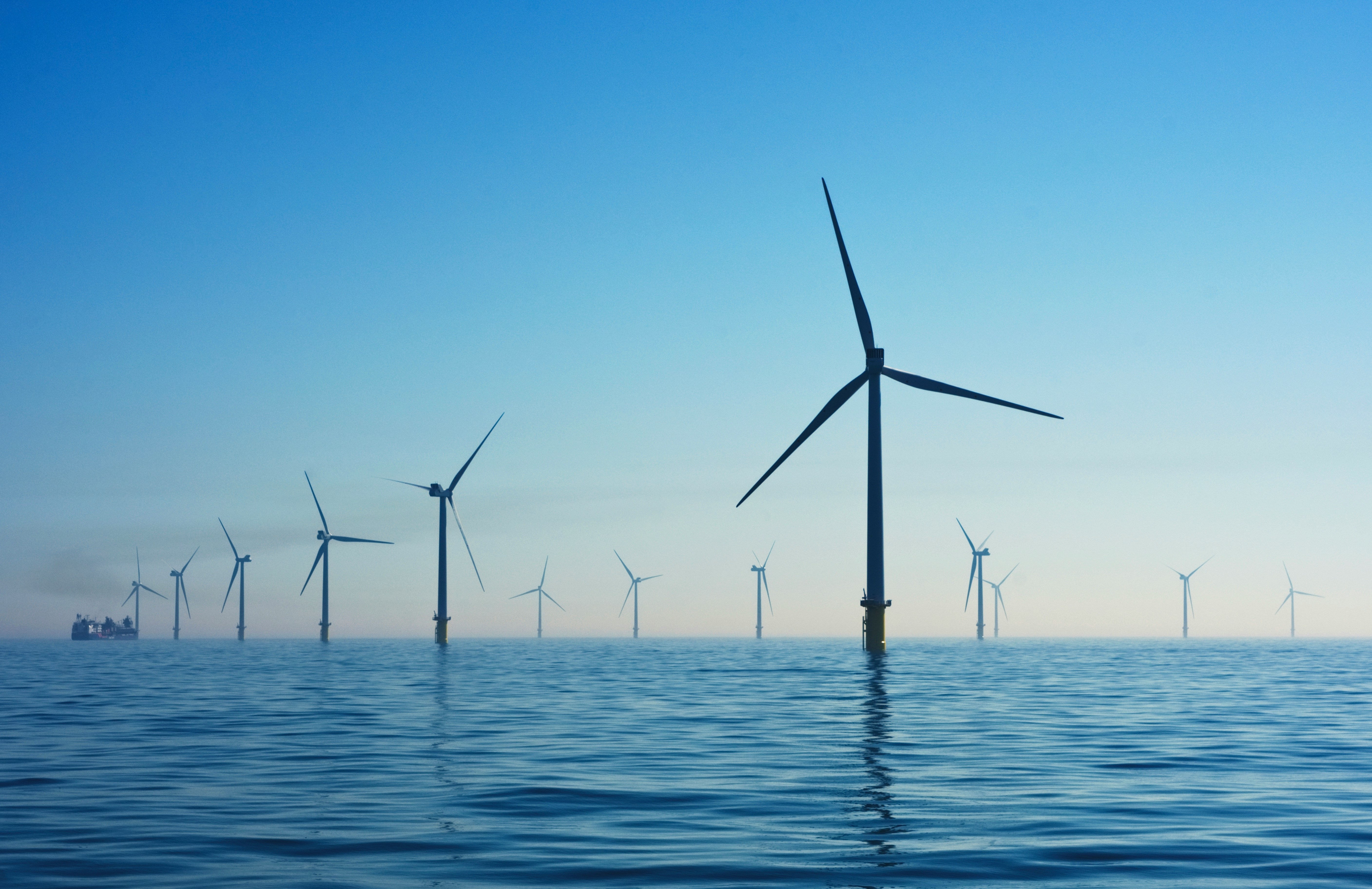Why Wind energy?
Switching to wind energy is a forward-thinking choice that aligns with both environmental sustainability and economic efficiency. Harnessing the power of the wind for electricity generation significantly reduces reliance on finite fossil fuels, curbing harmful emissions and contributing to a cleaner, greener future. Additionally, as technology advances, wind energy has become increasingly cost-effective, making it a smart and responsible choice for individuals and businesses looking to embrace renewable energy solutions.
How wind energy works
Wind is mainly turned into energy via wind turbines. Wind turbines turn wind into electricity using the aerodynamic force from the rotor blades, which work like an airplane wing or helicopter rotor blade. When wind flows across the blade, the air pressure on one side of the blade decreases. The difference in air pressure across the two sides of the blade creates both lift and drag. The force of the lift is stronger than the drag and this causes the rotor to spin. The rotor connects to the generator, either directly (if it’s a direct drive turbine) or through a shaft and a series of gears (a gearbox) that speed up the rotation and allow for a physically smaller generator. This translation of aerodynamic force to rotation of a generator creates electricity.
Costs to consider
While most people aren't going around building industrial scale wind turbines in their backyards, there are plenty of options when it comes to sourcing energy from wind. Homeowners have the option to install small residential wind turbines to contribute power to their homes. Homeowners looking to install a small wind electric system should first consider a few costs. Firstly, the cost of the turbine and the installation can be thousands of dollars, additionally, homeowners will need to keep up with maintenence costs. As big of an investment this may seem, small wind electric systems can be well worth it. They can lower your electricity bills by 50%-90%, help you avoid the high costs of having utility power lines extended to a remote location, and help uninterruptible power supplies ride through extended utility outages. Learn More [HERE]
Tax Benefits
Investing in wind energy comes with significant tax benefits that make it an attractive option for businesses and individuals alike. One key advantage is the federal Production Tax Credit (PTC), which offers financial incentives for wind energy production. This credit allows project owners to receive a tax credit based on the electricity generated during the first ten years of a wind facility's operation. Additionally, there is the option to take advantage of the Investment Tax Credit (ITC), which provides a direct reduction in federal income taxes for the upfront investment in wind energy projects. These tax benefits not only promote the growth of the wind energy industry but also make it a financially viable and environmentally sustainable choice for those seeking clean energy alternatives. Learn More [HERE]
Good Practices
Maintaining a small wind energy system is crucial for its efficiency and longevity. Here are some good practices to keep in mind:
1. Regular Inspections
Conduct routine visual inspections to identify any signs of wear, damage, or loose components. Check for issues like frayed wires, loose bolts, and corrosion.
2. Cleaning Blades
Keep the turbine blades clean from dirt, debris, and bird droppings. Dirty blades can reduce efficiency, so regular cleaning is essential.
3. Lubrication
Ensure that all moving parts are adequately lubricated. Regularly lubricate bearings and other components as recommended by the manufacturer. Inspect Electrical Components: Check wiring, connections, and electrical
4. Protect Against Extreme Weather
Secure the system in anticipation of severe weather. Ensure that the turbine is in a safe position and shut down if necessary during storms or high winds.

